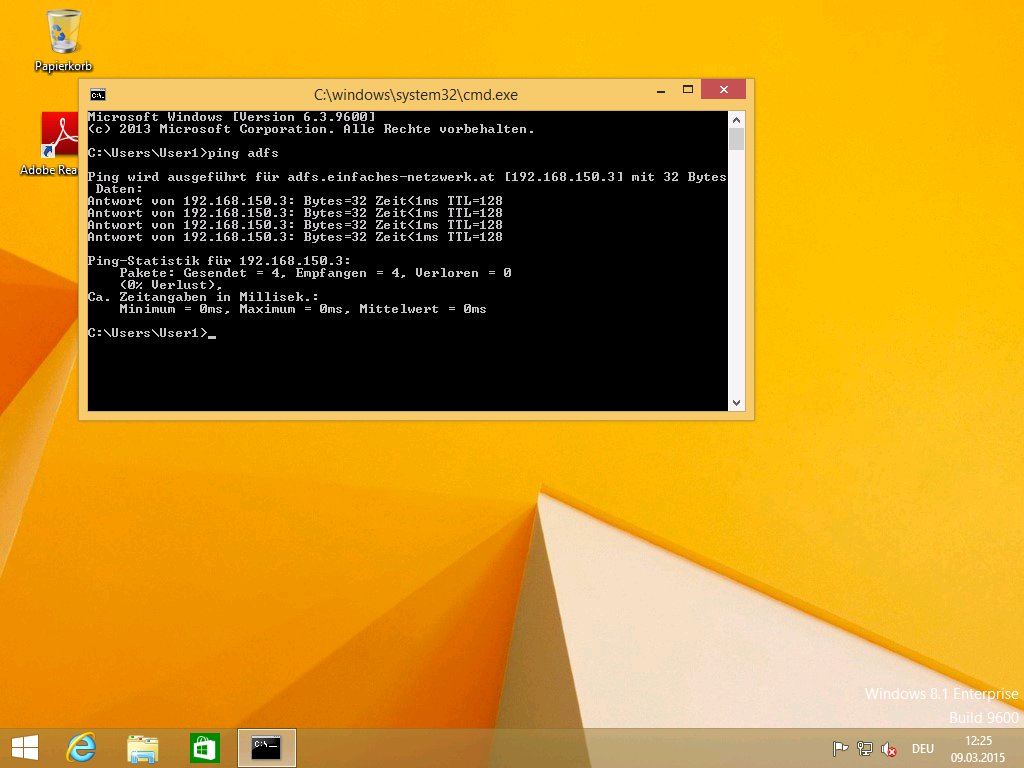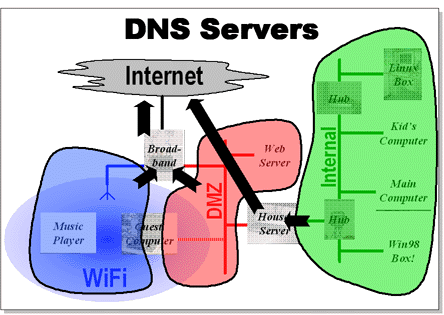

Do this junk happen with other major firewall vendors? I swear it's always SOMETHING with these Fortinet boxes. You need to upgrade/downgrade." That is asinine. "So and so works with B firmware but not C firmware. Think about how ridiculous it is that one should need to RESEARCH firmware versions to find one where standard, advertised functions actually work. The current solution is "Connect to the RDGateway first. So at this point with no functional SSLVPN SPLIT-DNS, am i forced to wait for a fix, or is there some combination of Forticlient (paid or unpaid) and firmware which will allow it? We are in a somewhat remote area with limited home office internet performance. Do it right Split DNS is pretty handy, and sometimes it’s necessary. They can be routed to the datacenter, but they get MUCH better performance connecting to the RD Gateway directly. This, the same DNS namespace on different DNS server, is called split DNS (sometimes also called split-horizon DNS, split-view DNS or split-brain DNS). My work at home folks use SSL VPN to the home office to connect to shared drives. Custom entries on the local DNS server make that happen. The folks on-site at the local office are directed over IPSEC to the DC. I have a remoteapp in our datacenter my VPN users need to access.

This behavior is same irrespective of the split tunnel settings.So.have we come to the conclusion that despite advertising this functionality, at present Fortigate does not in fact offer functional Split-DNS over SSL VPN capability without some esoteric combination of firmware and/or Forticlient (paid or unpaid)?
#SPLITT DNS FULL#
If you configure split DNS to either Both or Remote, if users enter the full FQDN,, the DNS resolution occurs based on the DNS suffix.
#SPLITT DNS MANUAL#
For example, a user is connecting to an internal web site, such as mycompany and the DNS query is sent to NetScaler Gateway for resolution. The most notable DNS service provider requiring manual splitting is Google Cloud DNS, which gives you a cryptic invalid record data error if you dont split. If the DNS query does not contain a domain name, DNS requests are sent to NetScaler Gateway for resolution. This is true even if the NetScaler Gateway FQDN matches the configured DNS suffix. For example, if users establish a VPN connection to mycompany.ng.com and if the user device makes a DNS request for mycompany.ng.com, the DNS response comes from the cached DNS response. If a DNS A record query matches the NetScaler Gateway fully qualified domain name (FQDN) to which users connect with a VPN connection, the user device replies with a cached local DNS server response. For this reason, you must configure the DNS suffix when you set split DNS to Remote or Both. Set the Primary DNS Server to 10.10.10.12. If the DNS request ends with one of the configured DNS suffixes, the request is sent to NetScaler Gateway for resolution otherwise, the request is sent to the local DNS server. To configure DNS split tunneling in the GUI: Click Create New.

If you set split DNS to either Remote or Both, the the device sends the DNS request based on the DNS suffixes. If you set split DNS to Local, the device sends all DNS requests to the local DNS server. Someone may can explain the details to me or knows some detailed documentation? All I found so far is relative high Level. The auditors want to have clarified if this is really a Internet communication or a communication that stays in the SSL tunnel. But I am wondering why the response is returned to the DNS Server, is there really a direct Connection from NetScaler to let's say the ISP DNS Server located in the Internet? Or is the view in the log misleading? It seems complex, but it’s very easy to use. We are using SSLVPN with split DNS, and I can see in the AGEE Client log that the requests are sent to the NetScaler's defined DNS Server, so all good so far. Split-Brain DNS is effectively like having two DNS servers running on the same origin, they each have a set of records, and will reply different values depending on how they’re being requested. Background is that we had an security Audit and the Auditors noticed an entry in the syslog where a communication is logged from source 127.100.3.xxx (which is to my knowledge the NetScaler internal pool for handling the Connections) to Destination :53 (where the destinations seem to be the external client's defined DNS Server, which might be an internal IP of a home Office router or in case of connecing through mobile Network an IP of the ISP). I am wondering how split DNS is working in Detail / how the communication takes place. So whatever domains configured in split-dns would be queries outside of tunnel and rest all would be queries through the tunnel.


 0 kommentar(er)
0 kommentar(er)
